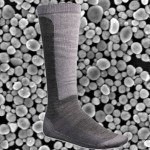When I first heard the word ‘nanotechnology’ I had no perception or knowledge of such word. It sounded very science but I could not reference or link to my understanding of biology, chemistry, nor physics. It felt different; it was something aside from the structural sciences we learn at school. So I googled images of nanotech and the first picture that comes up was.

Then it was followed by something scary.

I’ve always believed that robots in a distant future will create chaos in the world and take over the human society. I view technology as something very harmful to humans despite their advancements and benefits. Humans have grown attached to and dependent on these efficient machines that lessen the amount of energy we put. I viewed technology as a source of our laziness and the reason behind some of environmental problems as well as wars. (I’m sorry if this upsets any of you reading) We constantly search ‘to improve our lives’ as they say while I believe that we have grown accustomed to this efficiency. We ‘desire’ for our responsibilities to be placed on the machines and have them, work for us. Despite by negativity, I’m not trying to label technology as this evil invention.
I looked up nanotechnology on YouTube and found an animation, as satire about the nanotechnology. http://www.youtube.com/watch?v=_0dYPnui3rM
From these two resources and my own intuition, nanotechnology felt like something fake, a science fiction. Maybe nanotechnology is just a study of sci-fi movies.
As Adam introduced the topic of nanotechnology, to my disappointment, it only deepened my negative view. Basically it’s a study of science in ‘nano’ scale, something very small. Nanometer is e-19 of a meter.
He briefly explained some of the applications of nanotechnology and one topic particularly sparked my interest. He mentioned silver nanoparticles that have a special ability to kill harmful bacteria. They are used in many appliances such as washing machine, refrigerator, and socks. There’s been an increase of necessity for these silver nanoparticles by the consumers. Samsung has launched several products such as the refrigerator which has silver nanoparticle coating covering all the surface area of the refrigerator. Because of these nano silver particles that suspend in the air, it kills these airborne bacteria by suppressing their respiration and in effect slows their metabolism, inhibiting their growths.
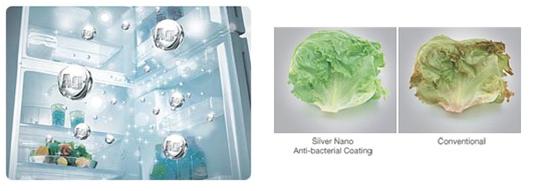
Silver nanoparticles work as a catalyst in an oxidation reactions. The silver particles kill these enzymes that are needed by the bacteria, fungi, and viruses to metabolize oxygen. In doing so, they ‘suffocate’ and die in less than six minutes. Particles can also generate oxygen from air or water which is used to destroy cell membranes of the bacteria. While bacteria and virus are becoming resistant towards antibiotic drugs, there has been a study that they will never adapt to silver particles. http://www.azonano.com/Details.asp?ArticleID=1695



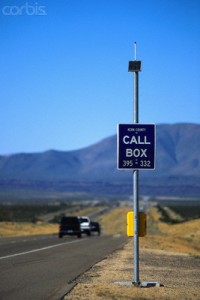
 and the way that her life was very random and took her in so many directions from her home country of Lebanon to school in Jakarta, Indonesia and then all over the United States.
and the way that her life was very random and took her in so many directions from her home country of Lebanon to school in Jakarta, Indonesia and then all over the United States.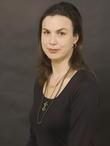 throughout the world but also because so many things changed in her life just because she relied on her gut instinct to either embrace or reject opportunities that had presented themselves to her.
throughout the world but also because so many things changed in her life just because she relied on her gut instinct to either embrace or reject opportunities that had presented themselves to her. ngs with other families that consisted of scientist parents and their children.
ngs with other families that consisted of scientist parents and their children.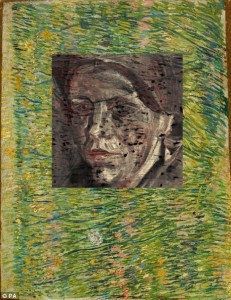

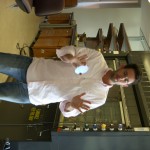
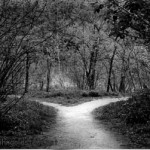
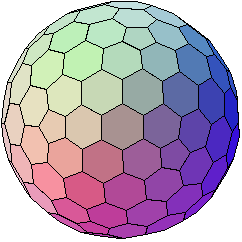 The Buckminster Fuller ball emulates this as the many panels that make this naturally occurring structure possible, all work to make a sphere possible. Imagine the impossible. Thousands of small triangles to form a sphere. Like tetrahedrons to spheres, we must think in ways that don’t make sense in order to accomplish our goals. (To the right is a rotating buckminster ball diagram)
The Buckminster Fuller ball emulates this as the many panels that make this naturally occurring structure possible, all work to make a sphere possible. Imagine the impossible. Thousands of small triangles to form a sphere. Like tetrahedrons to spheres, we must think in ways that don’t make sense in order to accomplish our goals. (To the right is a rotating buckminster ball diagram)

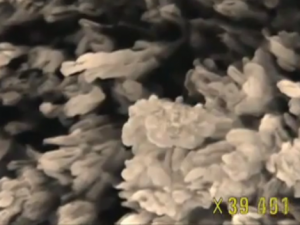







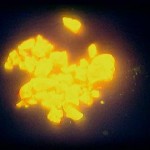 On the black table, the fluorescent cubes sat, captivating everyone’s attention. Everyone in the crowd sat and stared, wide-eyed, jaws locked. Shining on everyone’s faces different hues, the man explained how the objects worked and how they could help science. Everyone kept watching the glowing shapes, unable to release their attention.
On the black table, the fluorescent cubes sat, captivating everyone’s attention. Everyone in the crowd sat and stared, wide-eyed, jaws locked. Shining on everyone’s faces different hues, the man explained how the objects worked and how they could help science. Everyone kept watching the glowing shapes, unable to release their attention.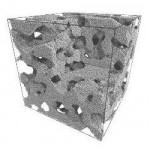 When the sol-gel forms, it shrinks slightly and densifies, creating a solid shape. This sol-gel process is much easier, and if a scientist wants to fill the inside of the gel with something, it will make a cast around the object. The sol-gel has the ability to hold small particles, such as enzymes and proteins, without actually damaging them.
When the sol-gel forms, it shrinks slightly and densifies, creating a solid shape. This sol-gel process is much easier, and if a scientist wants to fill the inside of the gel with something, it will make a cast around the object. The sol-gel has the ability to hold small particles, such as enzymes and proteins, without actually damaging them. However, there are some problems with sol-gel. If a scientist wishes to use the gel as a cast around an enzyme, the sol-gel’s large pores easily excrete the enzymes. With the positive and negative effects with sol-gel, does that mean we can use sol-gel?
However, there are some problems with sol-gel. If a scientist wishes to use the gel as a cast around an enzyme, the sol-gel’s large pores easily excrete the enzymes. With the positive and negative effects with sol-gel, does that mean we can use sol-gel? Today, as I sat in my seat, waiting, I learned something amazing that blew my mind. During the Nanotechnology lessons, I realized that Nanotechnology affects many subjects and broadens the subjects.
Today, as I sat in my seat, waiting, I learned something amazing that blew my mind. During the Nanotechnology lessons, I realized that Nanotechnology affects many subjects and broadens the subjects. Vaults are made up of three proteins and a small RNA. Though the scientists discovered this cell, many do not know its true purpose. Dos transport? Protect? Or simply regulate? No one truly knows the cell’s purpose, but many have thought of ways to use them. An idea is to use the cells to transport drugs to cancer cells to kill the cancer cells from the inside out.
Vaults are made up of three proteins and a small RNA. Though the scientists discovered this cell, many do not know its true purpose. Dos transport? Protect? Or simply regulate? No one truly knows the cell’s purpose, but many have thought of ways to use them. An idea is to use the cells to transport drugs to cancer cells to kill the cancer cells from the inside out.